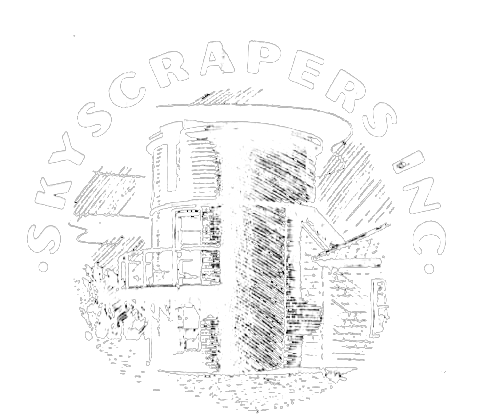February Meeting on Zoom
Saturday, February 1, 2025, 4:30 pm
The OSIRIS-REx and Hayabusa2 Sample Return Missions to Asteroids Bennu and Ryugu
SKYSCRAPERS FEBRUARY MEETING
ZOOM ONLY
Meeting & Speaker
Saturday, February 1, 2025, 4:30PM
The OSIRIS-REx and Hayabusa2 Sample Return Missions to Asteroids Bennu and Ryugu
Join Zoom Meeting
https://us06web.zoom.us/j/83135623281?pwd=lKAbbH0WIvVMnVNiH208YamoyDZ785.1
Meeting ID: 831 3562 3281
Passcode: 500206
Greg Shanos joined Skyscrapers in 1986 during the apparition of Halley’s Comet. In 1990 he married and relocated to Sarasota, Florida. Greg graduated from the University of Rhode Island with a double baccalaureate in both Pharmacy and Chemistry in 1984. He then went on to complete a Masters of Art in Teaching from Rhode Island College in 1989 and a Doctorate in Pharmacy from the University of Florida in 1999. During the COVID shutdown of 2020, Greg rejoined Skyscrapers and regularly attends meetings and Astro assembly via Zoom.
Please join us on Saturday February 1, 2025 at 7:00pm for a virtual presentation entitled: The OSIRIS-Rex and Hayabusa 2 Sample Return Missions to Asteroids Bennu and Ryugu The presentation will discuss the Bennu samples from the OSIRIS-Rex mission that were returned to earth on September 24, 2023 and revealed to the world on October 11, 2023. JAXA’s Hayabusa 2 samples from Ryugu were returned to earth on December 5, 2020 and have since been thoroughly analyzed. Greg will present the current findings from both missions to these two carbonaceous asteroids.



